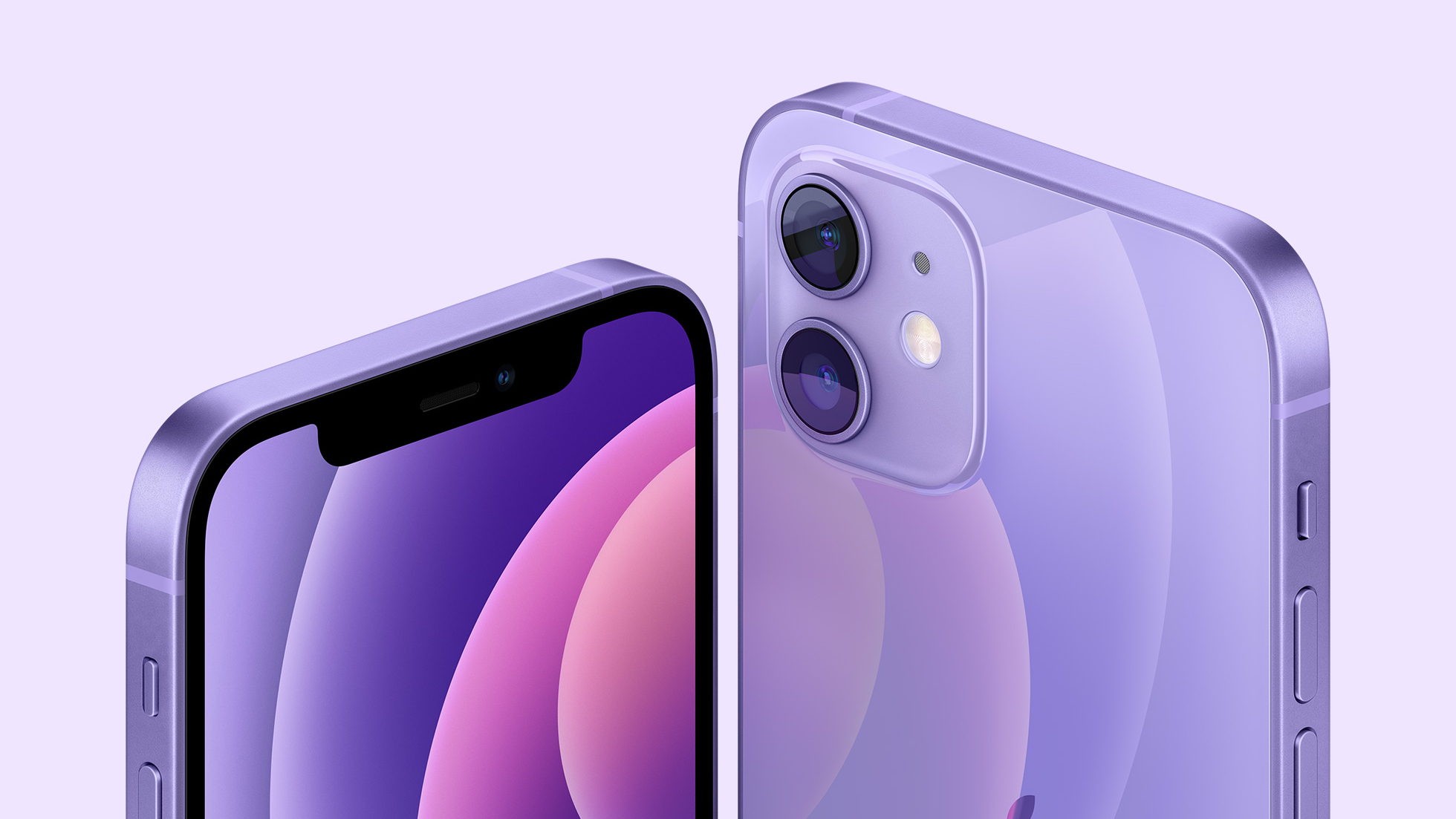[ad_1]
Samsung Llevamos muchos años fabricando relojes inteligentes. La empresa suele lanzar un reloj inteligente en dos tamaños. Tomemos, por ejemplo, el actual reloj inteligente insignia de la marca, el Reloj Galaxy 6 Clásico, por ejemplo. Está disponible en dos tamaños, 43 mm y 47 mm.
mientras, Google Sólo llevamos un par de años fabricando relojes inteligentes. El primer reloj inteligente de la marca, reloj de píxelesVenía en una sola talla: 41 mm. El segundo y más nuevo reloj inteligente de la compañía, que es Reloj de píxeles 2También disponible en una sola talla: 41mm.
Esto significó que los modelos Pixel Watch no pudieron competir con los relojes inteligentes más grandes de Samsung. Bueno, eso cambiará pronto.
Según se informa, el próximo reloj inteligente de Google, el Pixel Watch 3, estará disponible en dos tamaños. El modelo más pequeño tendrá un tamaño de esfera de 41 mm y se llamará Pixel Watch 3. Mientras que el modelo más grande tendrá un tamaño de esfera de 45 mm y se llamará Pixel Watch 3 XL. Esto significa que Google pronto tendrá un competidor para sus modelos Galaxy Watch más grandes.
El Pixel Watch 3 XL competirá con el Galaxy Watch 7
Curiosamente, su modelo más grande ofrece apareció en línea. Estos renders revelan que el Pixel Watch 3 XL medirá 45 mm x 45 mm x 13,89 mm. En comparación, el Galaxy Watch 6 Classic mide 46,5 x 46,5 x 10,9 mm. Por tanto, el Galaxy Watch 6 Classic es más delgado que el Pixel Watch 3 XL. Los renders también muestran que el próximo reloj inteligente de 45 mm de Google tendrá el mismo diseño que el Pixel Watch 2.
Google lanzará su próxima gama de relojes inteligentes en octubre. Esto significa que el Pixel Watch 3 XL competirá con los próximos dispositivos reloj galaxia 7 Y el Reloj Galaxy Ultra. El primero estará disponible en dos tamaños, 40 mm y 44 mm, y el segundo estará disponible en un solo tamaño, 47 mm. Samsung lanzará los dos relojes inteligentes en el evento Galaxy Unpacked El 10 de julio de 2024.donde se lanzará Una gama de otros productos.
[ad_2]
Source Article Link



















